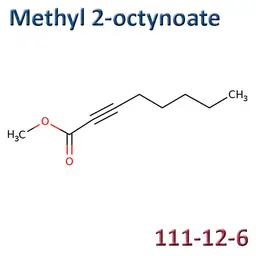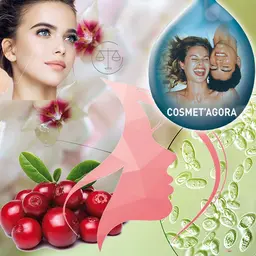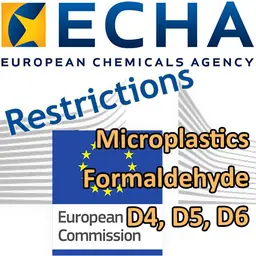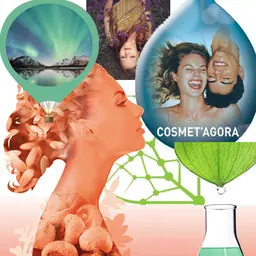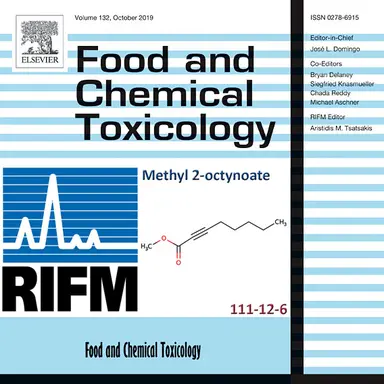
The RIFM (Research Institute for Fragrance Materials), an international scientific body that assesses the safety of raw materials used in perfumes, has just published its conclusions on Methyl 2-Octynoate, one of the 26 allergens subject to mandatory labelling in cosmetics. Experts’ conclusion: the substance is safe.
Methyl 2-Octynoate was evaluated for genotoxicity, repeated dose toxicity, developmental and reproductive toxicity, local respiratory toxicity, phototoxicity/photoallergenicity, skin sensitization, and environmental safety.
Data show that methyl 2-Octynoate is not genotoxic.
Data provided methyl 2-Octynoate a NESIL (No Expected Sensitization Induction Level) of 110 μg/cm2 for the skin sensitization endpoint.
The repeated dose, developmental and reproductive, and local respiratory toxicity endpoints were evaluated using the TTC (Threshold of Toxicological Concern) for a Cramer Class II material, and the exposure to methyl 2-Octynoate is below the TTC (0.009 mg/kg/day, 0.009 mg/kg/day, and 0.47 mg/day, respectively).
The phototoxicity/photoallergenicity endpoints were evaluated based on UV spectra; methyl 2-Octynoate is not expected to be phototoxic/photoallergenic.
The environmental endpoints were evaluated; methyl 2-Octynoate was found not to be PBT (Persistent, Bioaccumulative, Toxic) as per the IFRA Environmental Standards, and its risk quotients, based on its current volume of use in Europe and North America (i.e., PEC/PNEC - Predicted Environmental Concentration/Predicted No Effect Concentration), are <1.
Methyl 2-octynoate detailed sheet
Source
• RIFM fragrance ingredient safetyassessment, methyl 2-octynoate, CAS Registry Number 111-12-6, Api, A.M., Belsito, D., Biserta, S., Botelho, D., Bruze, M., Burton Jr., , G.A.,Buschmann, J., Cancellieri, M.A., Dagli, M.L., Date, M., Dekant, W., Deodhar, …

